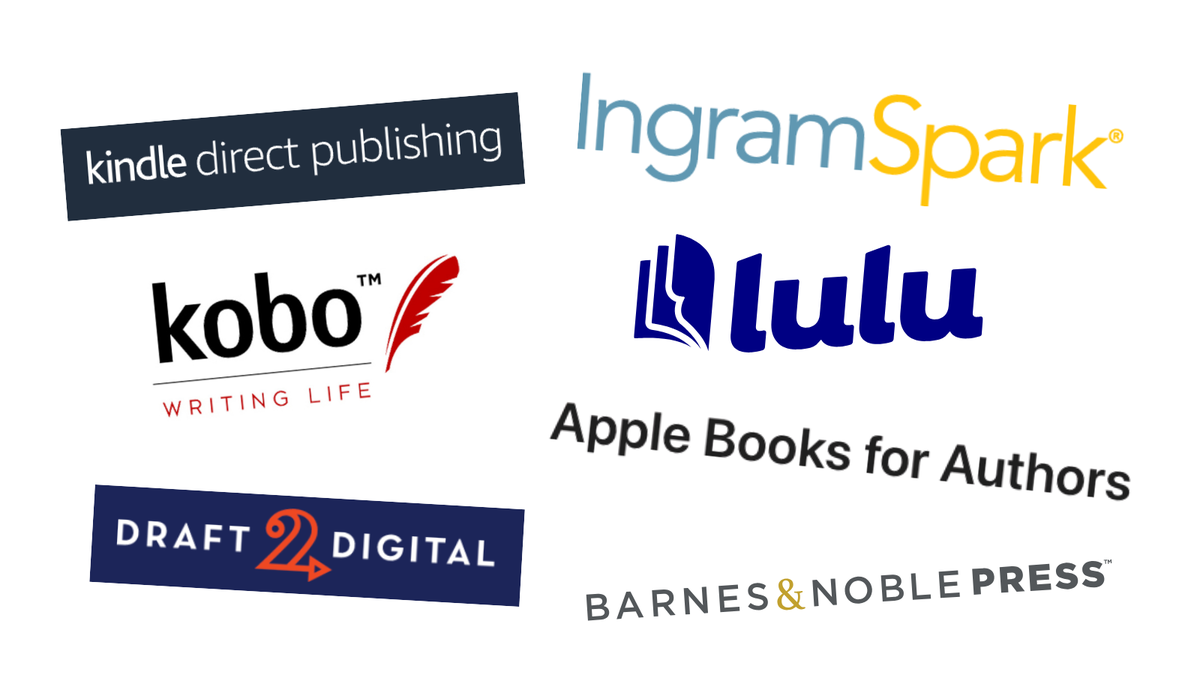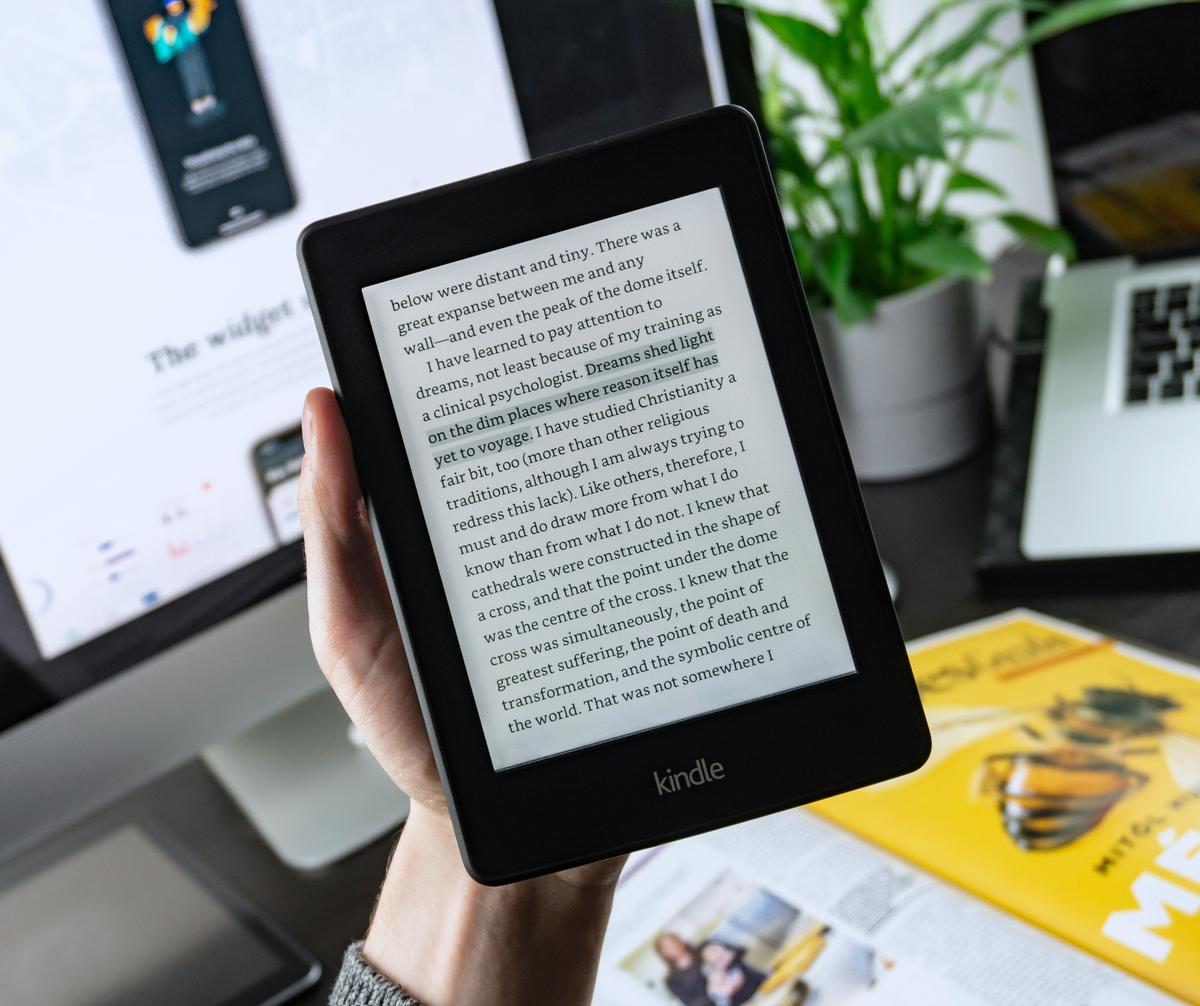
30th August, 2023
5 min read
The Importance of Book Distribution for Authors
Written by:
Jane Rowland
Introduction to Book Distribution
Book distribution is a crucial and often overlooked part of the self-publishing process. It does not matter how wonderful your book is, if you do not have the right distribution in place, then the book will simply not be discovered or purchased by readers. Here we explore the significance of book distribution and highlight the key facts that we think you should know when navigating book distribution effectively.
What do we mean by book distribution?
This is the mechanism through which readers can buy your book. For most authors, there are two main routes to readers – and the best strategy is to use both to maximise sales.
- Direct sales. Supplying readers directly. This might be via selling on your own webshop or by doing face-to-face events. If this is your primary route, what facilities do you have in place to be able to take payment for the books you are selling? On a website, then this will be the ability to take debit and credit card payments securely. Face-to-face, many readers still prefer to pay via card rather than cash.
- Trade sales. This is any sale to a bookshop or book supplier for onward supply to a reader. This includes brick-and-mortar bookshops and online sellers (Amazon).
If you intend to do your own distribution, you will need to have the facilities to be able to service these trade orders. This includes ensuring the book trade (wholesalers, bookshops, distributors) know how to order your book. This involves setting up the distribution information correctly when you register the ISBN (metadata), but you also will need to open accounts and set up trade terms (discounts, payment terms, supplier agreements) with key wholesalers and any bookshops you wish to supply. You also need to be able to create and send invoices when you ship books and manage returns (unsold books returned for credit, which are a part of the book industry). If you are using Troubador's self-publishing services and use the ISBN we supply then you get access to industry-standard metadata management and a first-class distribution service operated out of our custom-built warehouse
You do not need to manage any part of the distribution or metadata process as laid out above, and your book will be discoverable and orderable from any UK retailer. Everything we discuss in this blog will be done on your behalf to a high-quality level. However, if you are buying your own ISBN and intend to self-distribute your book to a bookshop, you will need to consider getting the right distribution set up. This blog will be a useful starting point.
Six key facts for authors handling their own book distribution
- Get your metadata right. Metadata is the unique information about your book. This ranges from the obvious information (title, author name, price, ISBN) to the less obvious (the name and contact details of the organization who are distributing your book). When a bookshop looks up your book on their system the metadata will tell them HOW to order your book. Purchase your own ISBNs and manage the metadata for those ISBNS. Check out how to do this via Nielsen.
- Trade discounts. If you are going to sell to bookshops and wholesalers you have to discount off the Recommended Retail Price (RRP). A bookshop cannot buy the book from you at the cover price and sell it to the customer at the same cover price, as they will make no money on the sale. When talking to a bookshop make sure you tell them what trade discount you can offer. The standard is between 40-55%. Bookshops also want to be able to return unsold books for credit and will want to know if a book is on SOR (Sale or Return) or firm sale (not returnable). While you will prefer to offer a firm sale – this often means a bookshop will not take a chance on the book as the risk to them is too high. If they do agree to Firm Sale, they are likely going to ask for a significantly higher trade discount to offset the risk. Learn more about working with bookshops in this resource from the Booksellers' Association.
- POD. If you have opted for publishing POD (Print-on-Demand) services such as Amazon KDP and Ingram Spark, then do you understand how this works and how customers can purchase your book? Mostly they will purchase directly from Amazon / Ingram Spark. However many local bookshops will not order from Amazon (a competitor). Another potential issue with POD is that the trade discounts set are too low, or the cover price too high, meaning a bookshop cannot make money from the sale, and so won't order. Check also, if you are publishing via these platforms (and want to get into bookshops), that your book is returnable and you've allowed trade discounts (usually these are activated when you set up your book on their systems).
- Paperwork. If you are supplying the book trade yourself you have to send an invoice to the bookshop, that quotes the ISBN, title, quantity, terms agreed and the purchase order given by the retailer. You will then need to ensure the books are delivered safely and chase payment. You will also need to facility to handle any returns and credits the store requests.
- Key elements. To sell books via the book trade you need certain elements to be included on the book: Price, barcode (at the right size readable by barcode scanners) and an ISBN. If these are not on your book jacket, you've already complicated your book distribution system. 6. Supplier preferences: Be aware that most bookshops prefer to deal with as few suppliers as possible to simplify their own business processes. It might be that they don't want to buy from an author directly, but want to source via a distributor or wholesaler instead, with whom they already have an account and agreed terms. Some high street chain bookshops also have centralised buying meaning the shop floor staff cannot make purchase decisions without head office approval and are unlikely to take stock from an author directly. In such cases, you will need a distributor or wholesaler who can handle the sales of your book. Book distribution is essential – as it facilitates wider audience reach, maximizes visibility, and drives book sales.
Understanding the significance of distribution – and the different types of distribution – can empower you to make informed decisions, collaborate effectively with publishers and distributors, and ultimately increase the chances of your books reaching readers. However, as you can see from this blog, it is hard for authors to do their own book distribution. Troubador Publishing's distribution service gives self-publishing authors a chance to get their books fully distributed across the UK.











